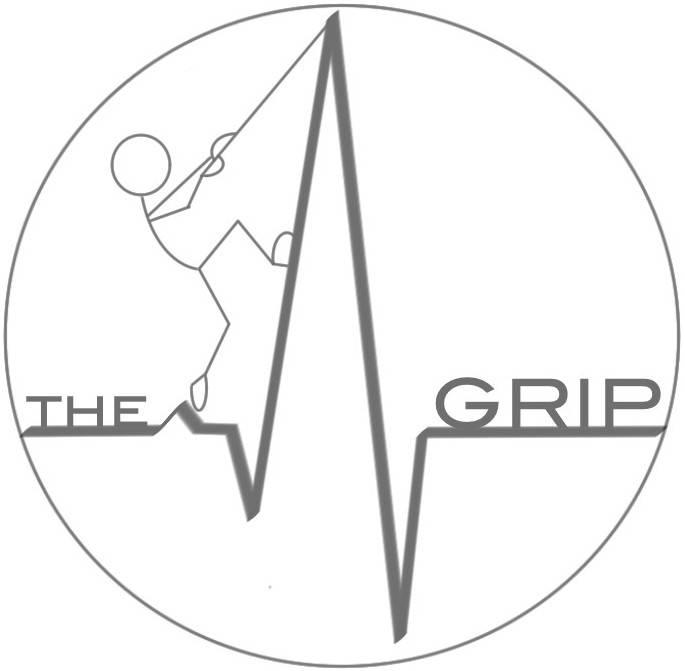A methodological approach for determination of maximal inspiratory pressure in patients undergoing invasive mechanical ventilation
Spadaro S, Marangoni E, Ragazzi R, Mojoli F, Verri M, Longo L, Astolfi L, Volta CA
Abstract
BACKGROUND:
Maximal inspiratory pressure (MIP) can help to evaluate inspiratory muscle strength. However its determination in ventilated patients is cumbersome and needs special equipment. We hypothesized that MIP could be obtained by using the expiratory hold knob of the ventilator. The aim of this study was to verify whether: 1) the end expiratory occlusion technique can be used for MIP determination; and 2) if this technique provides different results compared to those obtained by the traditional method of MIP calculation.
METHODS:
We studied 23 consecutive patients undergoing mechanical ventilation for acute respiratory failure. The MIP was determined by two different methods, both based on occluding the airway for 20 seconds. This occlusion was obtained either by pressing the expiratory hold knob of the ventilator; or by detaching the patient from the ventilator circuit and using a noiseless pneumatic shutter placed on the inspiratory line of a two-way valve that allows expiration but prevents inspiration.
RESULTS:
The average values of MIP obtained by using either the hold knob of the ventilator or the noiseless pneumatic shutter were -46±14 cmH2O and -56±13 cmH2O, respectively. The linear regression analysis showed a significant correlation between MIPVent and MIPOcc (r2=0.95), although the Bland- Altman analysis revealed that they are not clinically comparable.
CONCLUSION:
MIP can be easily determined at the bedside by pressing the expiratory hold knob of ventilator. However, MIPVent and MIPOcc are different in terms of absolute value probably because they were determined at diverse lung volume.
Minerva Anestesiol. 2015 Jan;81(1):33-8. Epub 2014 May 27
